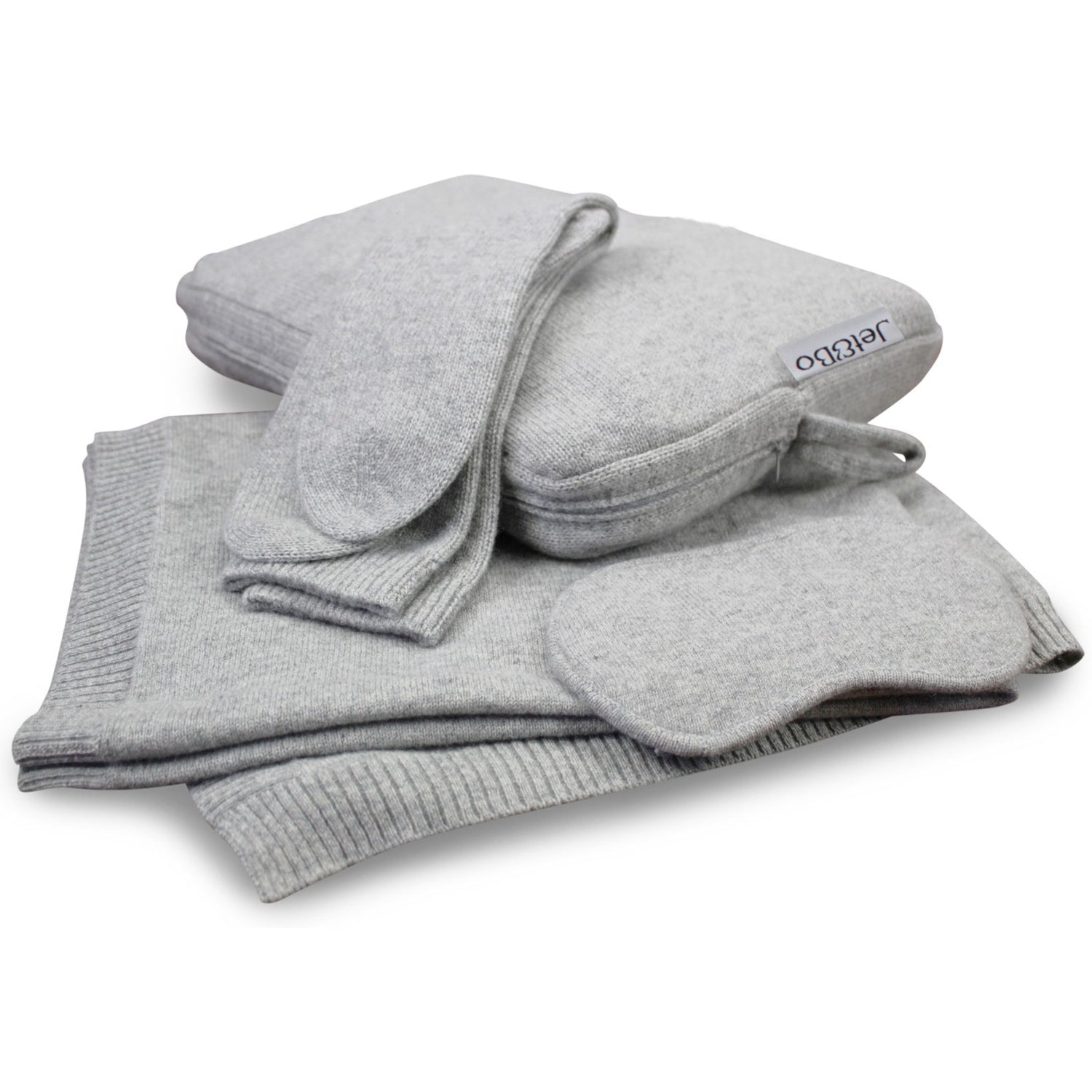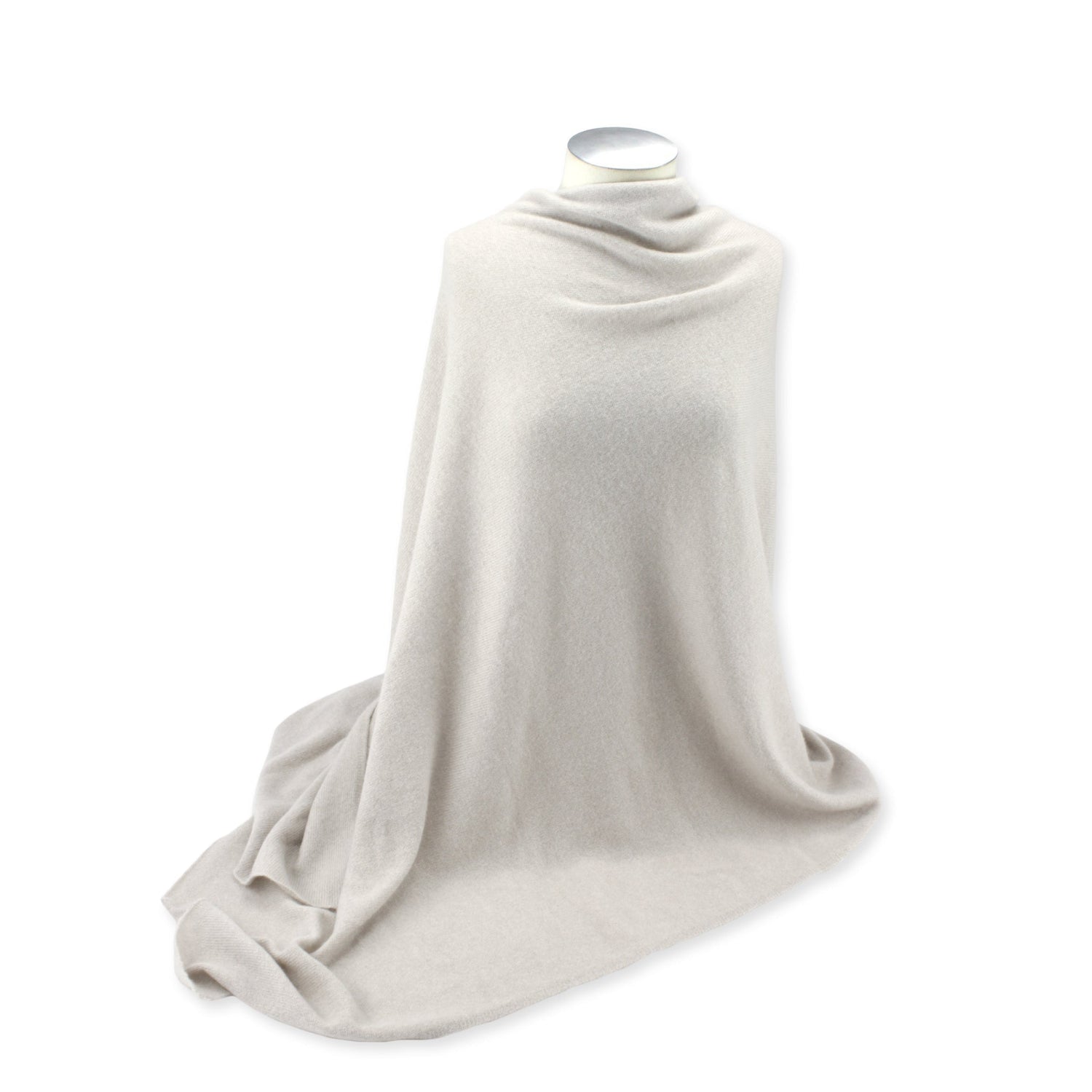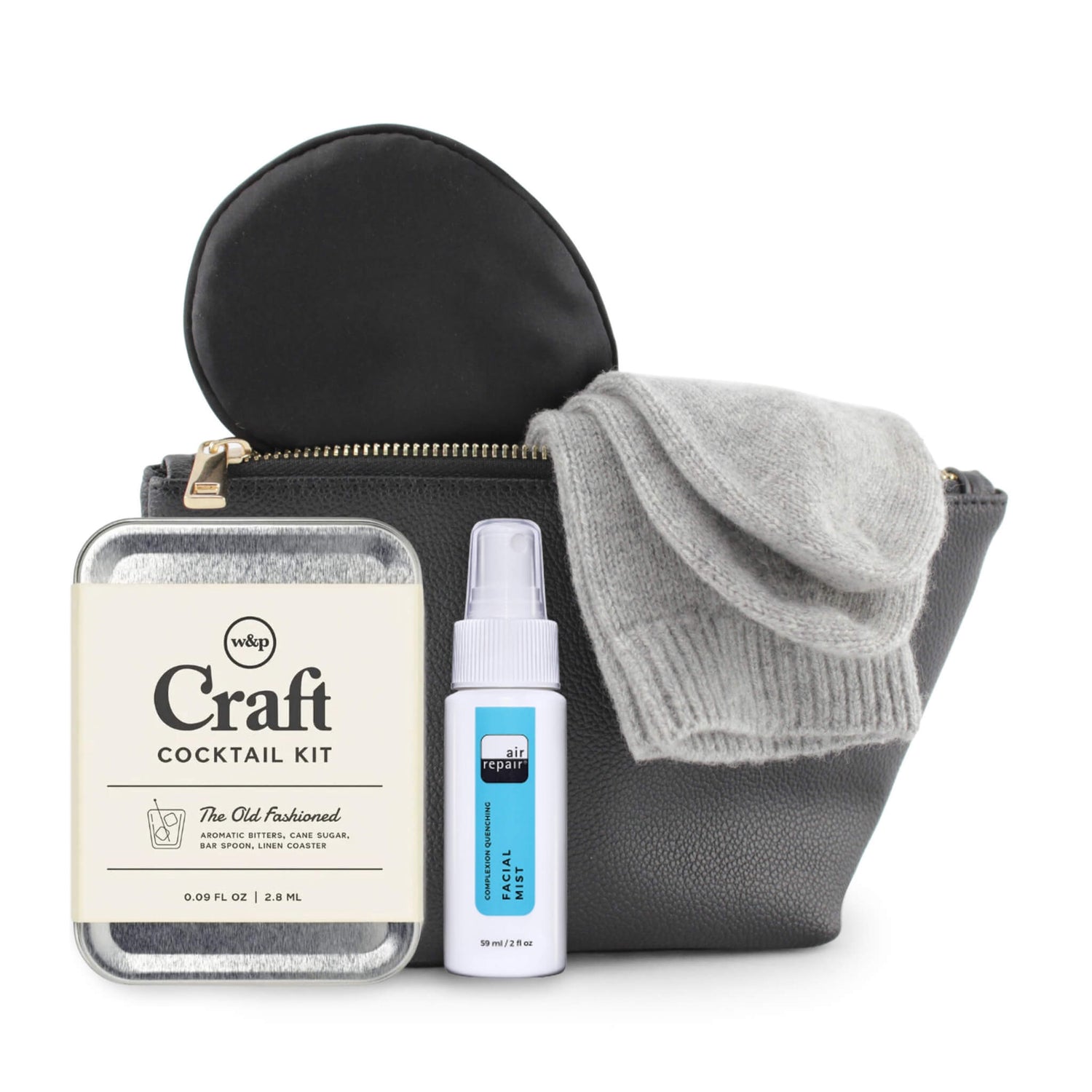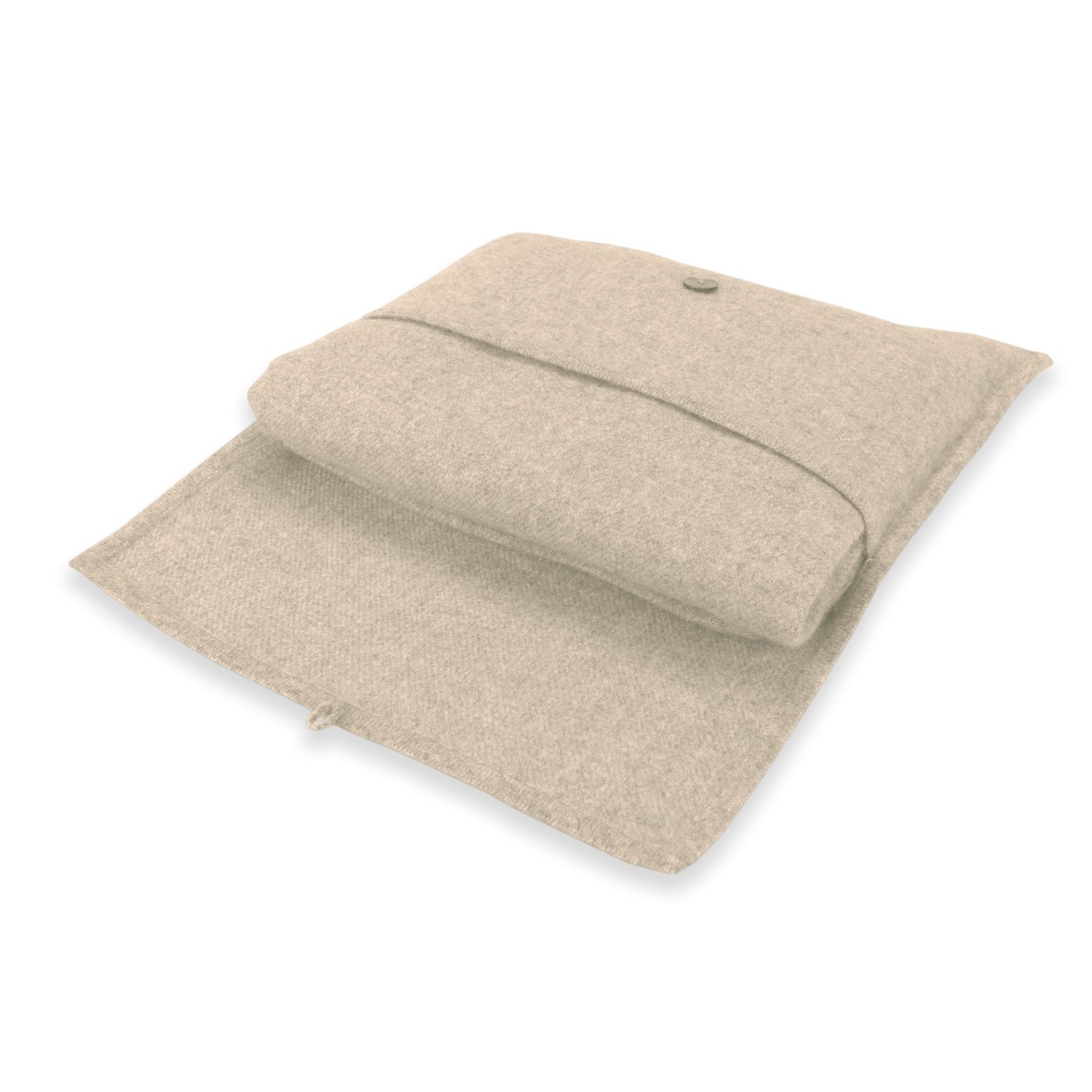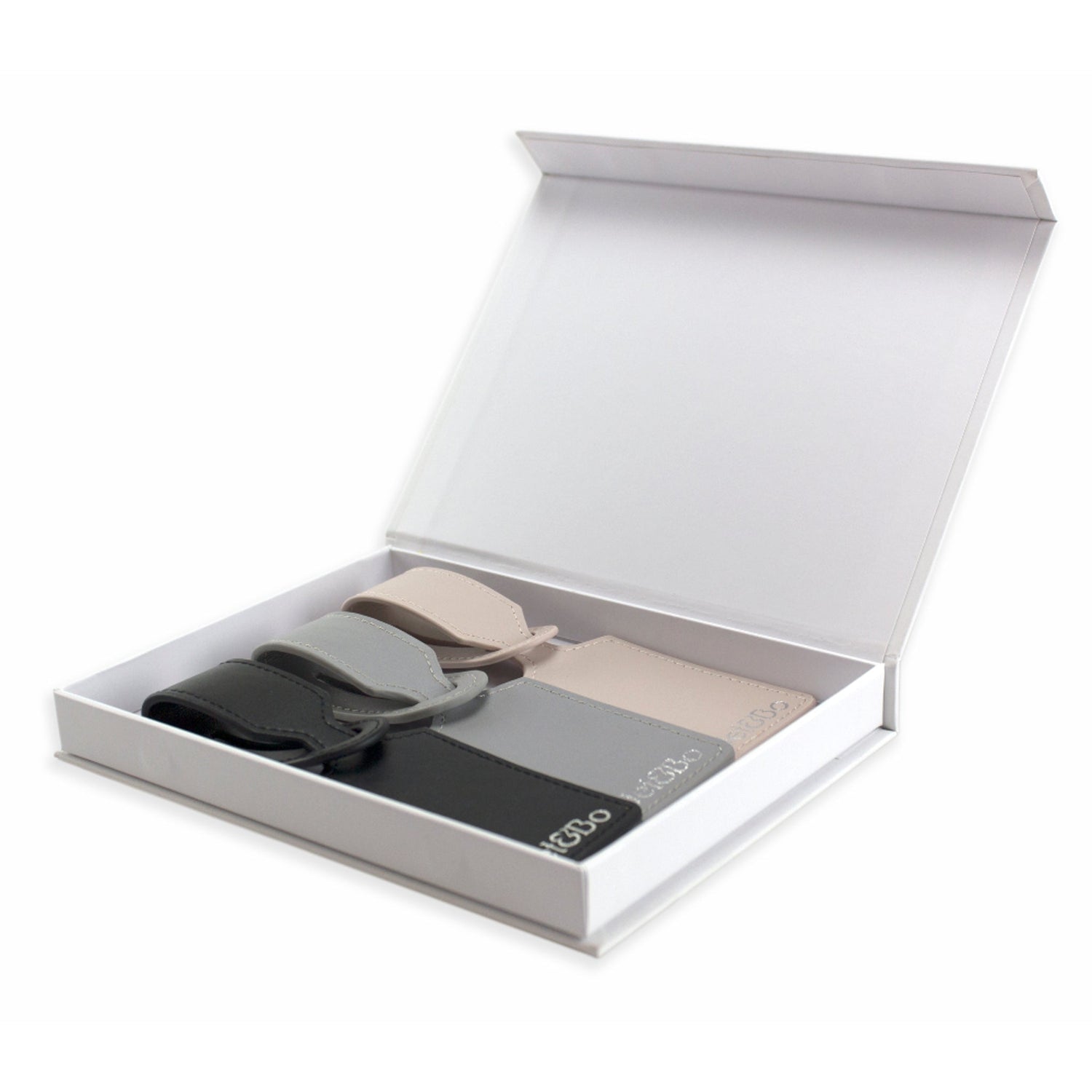
Myth # 1 Cashmere comes from Italy
Most of the world’s cashmere comes from China and Mongolia. While Italy is known for manufacturing garments from cashmere, the raw material comes from cashmere goats, predominantly from China and Mongolia, where the harsh winters provide the correct climate for the goats to grow long, fine cashmere fibers. Cashmere goats can also be found in other areas such as New Zealand, Australia, India, Iran, Turkey, and Afghanistan, though their output is much smaller.
Myth # 2 Cashmere comes from rabbits
Cashmere comes exclusively from cashmere goats. Angora, another fine soft fiber, comes from angora rabbits.
Myth # 3 Animals are harmed in obtaining cashmere
Cashmere is hand combed or sheared from the cashmere goats during the spring when they naturally shed their winter coats. Cashmere goats should not be harmed in the cashmere collection process.
Myth # 4 Grade A cashmere is the best
There is no official grading system for cashmere. A search on the internet will provide different definitions for these non-official grades, such as Grade A and Superior, but these are just marketing terms. Raw cashmere wool is sorted by color (white, brown, grey), with white being the most expensive as it can be dyed any color and requires less processing. It is then sorted by fiber diameter, with the thinner and longer fibers being more costly as they are softer and pill less.
Myth # 5 Good quality cashmere doesn’t pill
All cashmere will eventually pill when worn. Pilling is caused by friction and is common in areas such as under the arms or where your bag rubs against you. However, if there is immediate or excessive pilling, then that is a sign of low-quality cashmere where shorter fibers have been used.
Myth # 6 Cashmere should be soft and fluffy
Cashmere gets softer with wear. If it is incredibly soft when you first purchase it, then beware, the cashmere has likely been over-washed or treated with chemicals to make it feel that way. This can reduce the life of the garment. Rub your hand across the cashmere; if your fingers feel slippery afterward, it’s been treated. The best quality cashmere is made with longer fibers, producing less fluff and getting softer with time.
Myth # 7 Cashmere is dry clean only
You don’t have to dry clean your cashmere; you can hand wash it instead. You also don’t need to use a special cashmere shampoo (though you can). Baby shampoo is gentle enough to use on your cashmere garments. While you can also machine-wash on the gentle or wool cycle in some instances, we do not recommend this. Hand washing is best for maintaining the shape of the cashmere item and ensuring longevity.
Myth # 8 Cashmere is too warm for summer
Cashmere can be worn in all seasons. It is hygroscopic, meaning it is naturally breathable. It can keep you cool when it’s hot and warm when it’s not, and it also wicks away moisture from your body. Cashmere comes in different plies (1-ply, 2-ply, 4-ply, etc.), which are the number of strands twisted together to make the yarn. The higher the ply, the warmer the item will be, so for summer choose 1-ply and 2-ply items.
Myth # 9 Not cleaning your cashmere items will make them last longer
Anything you own will wear over time and the same applies to cashmere. However, deciding not to wash your cashmere will not prolong the life of the garments. Cashmere can be safely hand washed and should be. If your garments are not washed, you could risk attracting moths, which can leave holes in your cashmere items.
Myth # 10 Ply is an indication of quality
Ply is the number of strands twisted together to make the cashmere yarn. 2-ply cashmere, where two strands of yarn are twisted together, is stronger than 1-ply and as a result is less likely to develop holes. Higher plies such as 4-ply, add extra weight and warmth but do not indicate additional quality.
Myth #11 Cashmere is expensive
Cashmere items may be more expensive than others, but when you consider the benefits of cashmere which are that it is lightweight, soft, strong, and insulating, as well as being breathable and moisture-wicking, the benefits outweigh the costs. Furthermore, when cared for properly, cashmere can last a lifetime.
Myth # 12 You cannot iron cashmere
You can iron cashmere, but you must take a few precautions. First, clean your iron as stains can be transferred, then set the iron on the “low” or “wool” setting and turn the cashmere garment inside out before ironing.
Myth # 13 Pashmina is better than cashmere
Pashmina is the name of a textile from India used to make shawls. Pashmina is made from cashmere, traditionally from cashmere goats from India, Pakistan, and Nepal. It is not necessarily rarer or softer than other cashmere items. The term Pashmina is also widely misused now to include shawls made from a variety of fabrics.
Further reading:
How to Identify Quality Cashmere
Cashmere Ply & Gauge Explained
Easy Tests to Determine Quality Cashmere
How to Care for Your Cashmere Items
Jet&Bo stocks a range of luxurious cashmere travel accessories:
